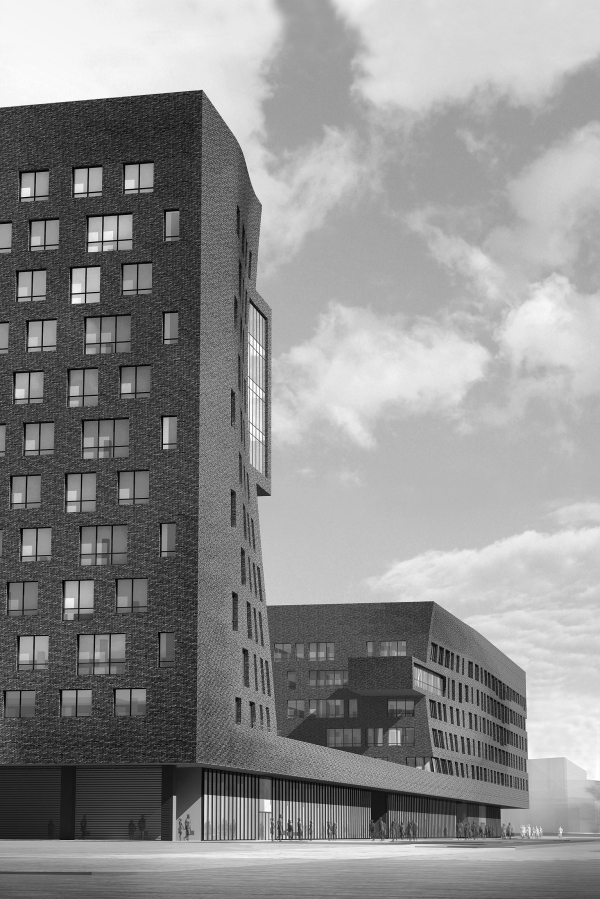|
Published on Archi.ru (https://archi.ru) |
|
| 08.09.2006 | |
|
The house. Almost as alive |
|
|
Julia Tarabarina |
|
| Architect: | |
| Sergey Skuratov | |
| Studio: | |
| Sergey Skuratov architects | |
|
An office complex will settle down not far from the well-known Danilovskoj manufactory - such neighborhood has made almost inevitable the reference to a theme of the brick hinting at the invoice of old factory buildings, on industrial Moscow that existed long before The Soviet Union. But its expressiveness is not exhausted by that. Three cases grow from the general basis which have stretched along quay Moscow-river. Its walls of 5,5 meters height are made of glass and translucent; the surface of the ground around and inside paved by a dark stone. Dark shine of the stylobate resonates with a mirror of the river and forces down borders of "reflection" - the building grows into the river as a stone pier or the old ship covered with noble red patina made an eternal fast. Movement of all around - water and clouds, is transferred to three cases, their forms become pliable, come to life, get propensity to the "biological" growth. Three cases "have grown" different: the first one is more compact and higher, the second is in depth, background, quiet, the third is long and stretched, as a tail. And the fourth as Sergey Skuratov jokes, « has not grown at all » - between three volumes on a roof of stylobate one can notice the camber similar to those that appear on a surface of asphalt - something was going to make the way, but has not made the way, and is not clear, that it could be. Picking up a theme, the facades of two cases are smoothly bent, caving in under seeming "pressure" of two prisms - "negotiation rooms" will take place in them - spacious premises for the official ceremonies, decorated by greater panoramic windows with the view on the river. Their volumes seem to be put by a hand of the sculptor in even soft, pliable material, so that it has softly caved in through the all height. With the same flexibility glass spots of windows spread on the facades, change the size, group to the center, run away to the corners. None None NoneNoneNone |
|


